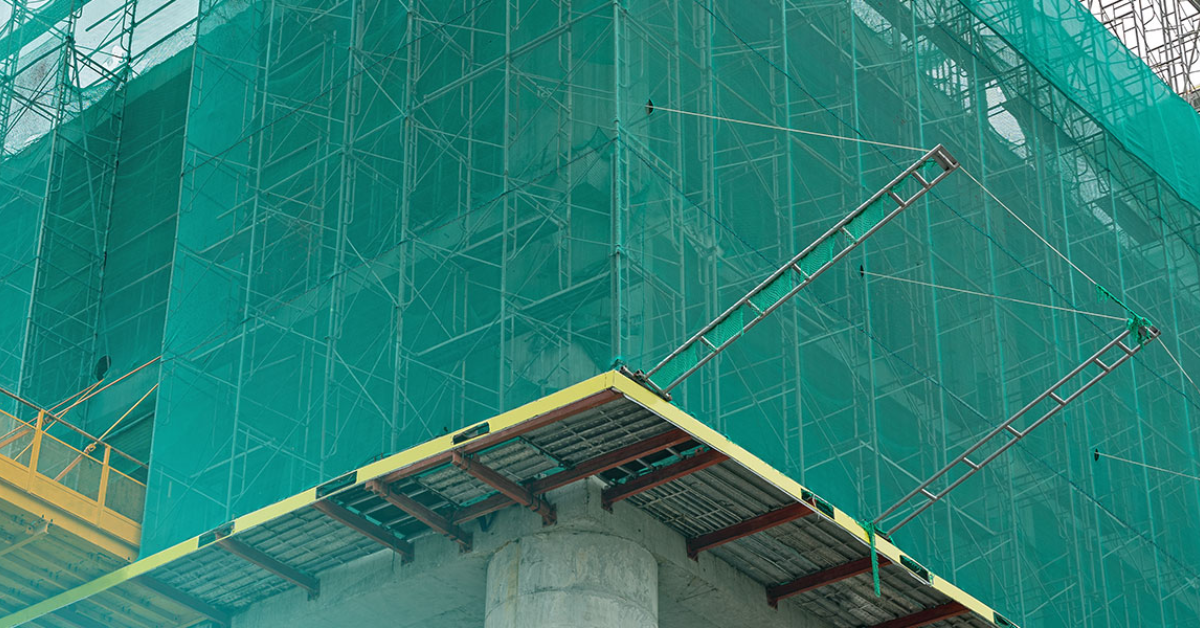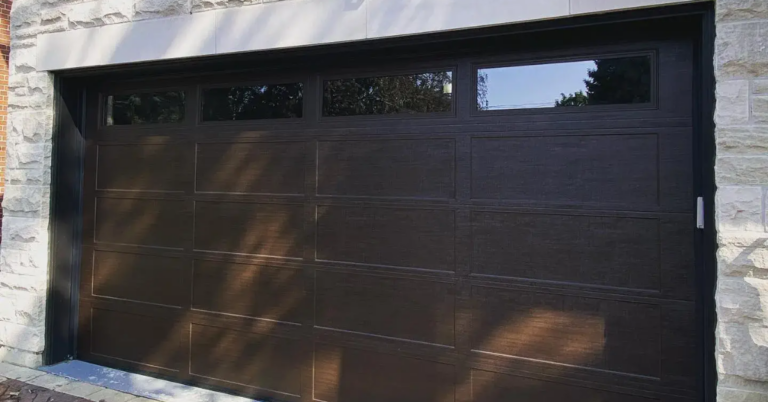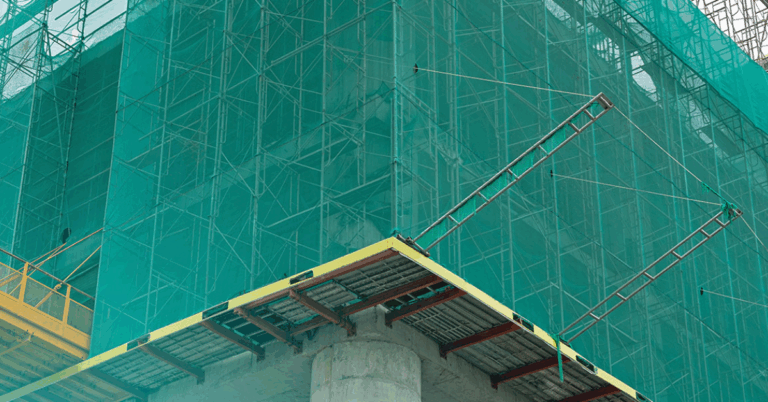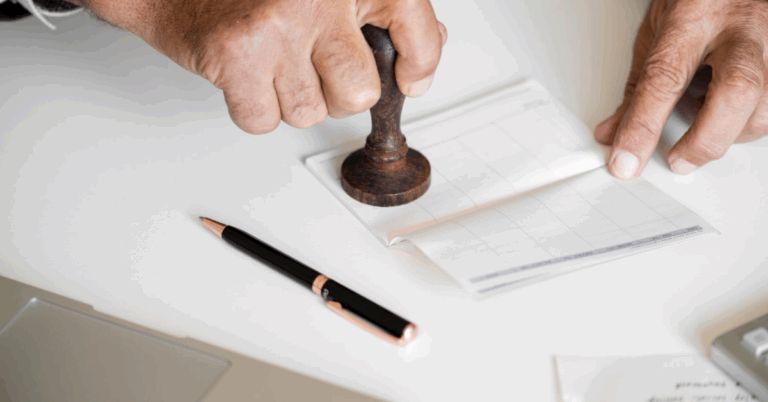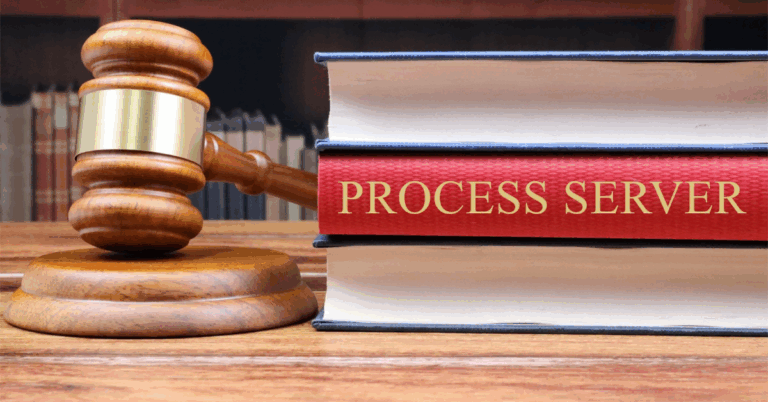PVC Mesh Sheet: Versatile Material Reimagined for Modern Uses
PVC Mesh Sheet is a kind of synthetic mesh material combining woven mesh (often polyester or other core fabric) with a polyvinyl chloride (PVC) coating. One example is the Square Mesh PVC 1.83 m × 50 m × 0.50 mm product, which demonstrates how the mesh structure is reinforced and protected through a PVC overlay. Such a sheet offers a balance of strength, flexibility, weather resistance, and cost-effectiveness, making it an attractive choice in many industries and applications.
In this article, we will explore the nature, advantages, and numerous practical uses of PVC mesh sheets, with focus on how they contribute solutions in construction, landscaping, safety, and the aesthetic domain.
What Makes PVC Mesh Sheet Special?
To understand its utility, it’s important to grasp what sets PVC mesh apart from plain mesh or solid PVC sheeting.
-
Core and Coating Structure: The mesh is often made of a woven or knitted substrate (commonly polyester or similar synthetic fibers), which provides tensile strength and a framework. That core is coated with PVC to seal it, protect it from environmental factors, and provide durability.
-
Open Structure: Because the mesh has holes, air, water, and light can pass through to some degree. That open structure distinguishes it from solid sheets and gives it advantages where ventilation, drainage, or light transmission is needed.
-
Weather & UV Resistance: The PVC coating acts as a shield against moisture, ultraviolet (UV) rays, and many chemical attack vectors. Well-made PVC meshes resist fading, embrittlement, or breakdown under outdoor conditions.
-
Customizable Properties: Thickness, mesh size (hole dimensions), color, coating weight, and added features (such as fire-retardance or reinforced edges) can be tailored by manufacturers.
-
Durability & Reusability: High-quality PVC mesh sheets often last for years in outdoor or semi-exposed environments, and can often be reused in different settings if handled properly.
Because of these traits, PVC mesh sheets bridge the gap between traditional solid panels and purely open meshes, offering a hybrid of performance and flexibility.
Key Advantages of PVC Mesh Sheets
Before diving into application areas, it helps to understand what PVC mesh sheets bring to the table:
-
Lightweight yet Strong
The core mesh provides structural integrity without excessive weight. This is useful for large spans where heavy sheets would be cumbersome or expensive to support. -
Ventilation & Drainage
The mesh allows airflow and water drainage, making it suitable for applications where condensation, wind load, or water runoff must be managed. -
Weatherproof & UV-Stable
The PVC coating resists many environmental stresses — rain, sun, humidity — minimizing degradation over time. -
Low Maintenance
Compared to fabrics or untreated mesh, PVC-coated surfaces are easier to clean (dust, grime, bird droppings) and do not require frequent replacements due to weather damage. -
Aesthetic Versatility
The mesh sheets can be colored, printed, or finished in various ways. They can also be integrated into facades or signage systems. -
Safety & Fire Options
Some PVC mesh sheets are manufactured to be fire-retardant, helping slow fire spread or complying with safety regulations in construction or event settings. apacsafety.com -
Cost-Effectiveness
Because the mesh uses less material than solid panels, it can reduce material cost while delivering many of the desirable functions (shade, barrier, branding, etc.).
Applications of PVC Mesh Sheet
PVC mesh sheet finds use across many sectors. Below are key application domains and how the mesh helps solve real-world problems:
1. Construction & Scaffolding Safety Netting
One of the most widespread uses is as scaffold netting or debris containment screens on construction sites. Because the mesh allows wind to pass while blocking debris, it reduces wind load stress on the structure and improves worker safety. When made to be fire-retardant, the mesh can also help slow flame propagation at site enclosures. apacsafety.com
Additionally, these sheets act as privacy barriers, visual screens (to block unsightly views), or dust containment barriers during construction or renovation phases.
2. Shade, Sun Screening, and Windbreaks
In landscape and architectural settings, PVC mesh sheets are used as shade cloths over pergolas, gazebos, or walkways. The mesh reduces direct solar radiation while still permitting airflow. In greenhouses, nursery shading, or patios, such materials help manage microclimate conditions.
Windbreak applications leverage the mesh’s ability to dissipate wind energy: strong gusts pass partly through the mesh, reducing pressure on the structure behind.
3. Fencing & Privacy Screens
PVC mesh sheets are a popular choice for fences — especially temporary or semi-permanent ones. For example, construction site fencing, boundary screens, or visual barrier walls often use mesh sheets. The mesh provides privacy (blocking view to some degree) while allowing breeze and light, which is superior to solid panels in many cases.
4. Signage, Billboards, and Advertising
Large outdoor banners or building wraps often incorporate PVC mesh. Because they allow a bit of wind to pass, they reduce wind loading on the structure behind, which is especially important for tall buildings or open facades. At the same time, the mesh can present printed graphics or branding. The open structure reduces wind resistance, making it safer for mounting large-scale signage.
5. Pond Covers, Pool Safety, and Aquaculture
In water-related environments, PVC mesh sheets are used as covers for ponds (to prevent debris or animals from entering), or as protective netting for pools. In aquaculture, mesh sheets may be employed to segregate sections or control water flows while preventing entanglement or damage from currents.
6. Agricultural & Horticultural Applications
PVC mesh is used in nurseries as shading nets, protective screens (against insects, birds, hail), or wind fences. The mesh allows light and moisture to pass in controlled proportions. It can also function as trellis support or greenhouse sidewalls.
7. Event & Exhibition Applications
Temporary structures for trade shows, exhibitions, or outdoor events often use PVC mesh sheets as walls, partitions, or backdrops. They are lightweight, modular, and relatively easy to install. Because of their flexibility, they can conform to curved or customized shapes.
8. Building Facades and Architectural Accents
Architects sometimes use PVC mesh sheets as secondary facades, sunscreens, or decorative facades. The mesh can provide shade, reduce glare, improve energy performance, or serve as a support for vertical gardens or lighting installations.
9. Storage & Industrial Enclosures
Within factories, warehouses, or industrial setups, PVC mesh can be used to partition zones, enclose machinery, or create safe walkways. The transparency ensures visibility while still providing a barrier.
Design Considerations & Selection Tips
When specifying or choosing a PVC mesh sheet for a given project, here are factors to watch:
-
Mesh Size (Opening Size)
Larger openings allow more airflow and light, but less obstruction (for privacy). Smaller openings create finer filtration or shading but reduce airflow. -
Coating Thickness & Weight
A heavier PVC coating offers better protection against UV and abrasion. But it adds weight. Balance durability against structural support needs. -
Fire Retardancy
In many building codes or safety regulations, fire-rated materials are mandatory. If using PVC mesh in construction zones or public spaces, select fire-retardant grades. apacsafety.com -
Edge Reinforcement & Mounting Options
Reinforced hems, grommets, or welded borders help resist tearing under tension or wind loads. Custom edges make mounting (via ropes, cables, bars) easier. -
Color & Printability
Different colors or printed graphics may be needed for branding or visibility reasons. Verify that colors are UV-stable and that printing doesn’t degrade mesh integrity. -
Tensile Strength & Durability
The underlying mesh core must be strong enough to withstand tension, wind loads, or mechanical stress. Polyester cores, for example, are common in heavier-duty meshes. -
Service Life & Maintenance
Ask for estimated service life under local environmental conditions (sun exposure, pollution, salt spray). Also consider ease of cleaning, repair, or replacement.
Challenges & Limitations
While PVC mesh sheets are highly useful, they are not perfect. Some limitations include:
-
Reduced Full Obstruction: They cannot block all light, wind, or sound the way a solid panel would. For privacy or security that demands full blockage, additional measures may be needed.
-
Heat Buildup: Because the mesh still absorbs solar energy, the surface may become hotter than ambient, affecting nearby zones or attached structures.
-
Edge Vulnerabilities: Improperly reinforced edges can be weak points under high tension or wind gusts.
-
Environmental Degradation Over Time: While PVC helps protection, over many years the coating may degrade — cracking, chalking, or losing flexibility — especially in extreme climates.
-
Cost vs. Simpler Alternatives: In some low-demand settings, a simpler fabric mesh or shade cloth may suffice at lower cost. The choice must suit the application’s demands.
Real-World Examples & Case Studies
-
High-Rise Building Wraps: On tall buildings undergoing renovations, PVC mesh sheets are used as wrap around scaffolding to block debris and provide advertising surfaces while minimizing wind loading.
-
Stadium or Sports Facilities: Mesh banners and perimeter screens in stadiums often use PVC mesh to combine branding, spectator separation, and airflow.
-
Landscaping Pavilions: Shade covers in parks or botanical gardens frequently use mesh sheets — they reduce sun glare while allowing breeze and view.
-
Urban Construction Zones: To protect pedestrians and adjacent properties, mesh screens are installed along sidewalk fences, providing a safer and more aesthetic boundary during construction.
Conclusion
PVC mesh sheets are a flexible, efficient, and increasingly popular solution in a variety of sectors. Their hybrid nature — combining structure and openness — allows designers and engineers to manage light, wind, privacy, and safety in a way that rigid panels or loose fabrics alone cannot. Whether used on construction sites as scaffold netting, in landscaping as sunshade covers, or in signage applications for wind-resistant banners, PVC mesh sheets deliver performance, customizability, and durability.
If you are considering using a product like the Square Mesh PVC 1.83 m × 50 m × 0.50 mm in your project, it’s worthwhile to evaluate your specific needs—mesh size, coating thickness, edge supports, fire rating—and match them to the demands of the installation environment. When selected and installed properly, PVC mesh sheets can provide both functional performance and visual appeal for many years.

